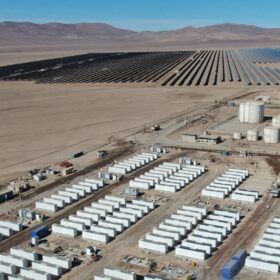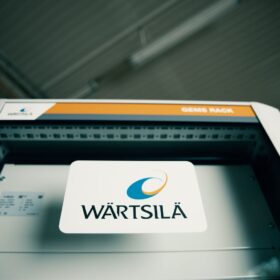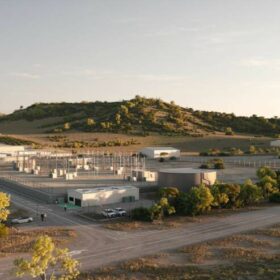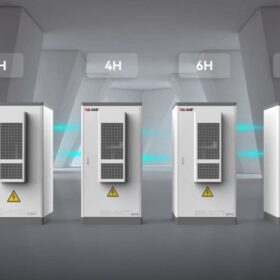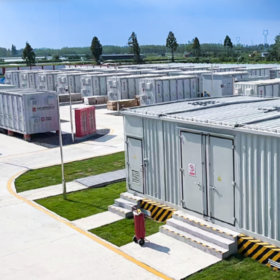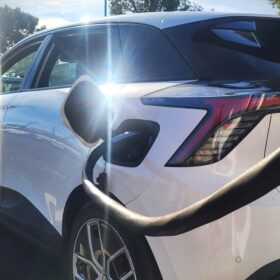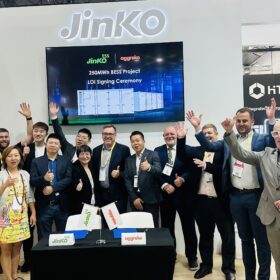New energy market rules rollout customer benefits and flexible control over usage
The Australian Energy Market Commmission has released new rules giving consumers more value from and control over their energy use while retailers get more options to bill individual consumer energy resources, such as electric vehicles.
Energy storage installations rise 61% this year
While battery manufacturers have faced tough times in 2024, the sun is shining on the stationary storage market, finds BloombergNEF.
AGL accelerates clean energy shift with 8.1 GW acquisition
Energy giant AGL has stepped up its transition away from coal and gas, adding a development pipeline of more than 8 GW of large-scale solar and battery energy storage projects to its portfolio with the acquisition of two Australian renewable energy developers.
Autonomous energy storage software update empowers multi-GWh projects
Finland-headquartered technology company Wärtsilä Energy has launched an upgrade of its GEMS digital energy platform, which the company says can transform the way GWh-scale battery energy storage projects are managed in Australia.
Equis eyes construction start for 800 MWh battery in Queensland
Singapore-headquartered clean energy investor Equis plans to begin building a four-hour duration battery in Queensland later this year as it pushes ahead with the development of a portfolio of 17 battery projects with a combined capacity of 4.4 GW across Australia.
Bslbatt launches storage system for C&I applications
Bslbatt says it has developed a new storage system for commercial and industrial applications, offering up to 241 kWh of capacity and supporting 100 kW or 125 kW of solar.
Stanwell powers ahead with 1,200 MWh battery project
Construction has commenced on a 300 MW / 1,200 MWh battery energy storage system being built alongside the coal-fired Stanwell Power Station in central Queensland as the state government looks to scale up energy storage capacity to support the transition to renewables.
New solar project gives momentum to South Australia’s 2027 renewables target
A proposed 300 MW solar farm northeast of Adelaide is on public exhibition with the South Australian planning authority and will complete the approved Robertstown solar and battery storage project, playing its role in the state’s 100% renewables by 2027 target.
CS Energy powers up 200 MWh Chinchilla battery
The first element of a clean energy hub being built next to the coal-fired Kogan power plant in Queensland is now fully operational with CS Energy confirming its 100 MW / 200 MWh Chinchilla battery energy storage system has commenced commercial operations.
Sineng Electric launches world’s largest sodium-ion battery storage project
Sineng Electric’s 50 MW / 100 MWh sodium-ion battery energy storage system project in China’s Hubei province is the first phase of a larger plan that will eventually reach 100 MW / 200 MWh. The initial capacity has already been connected to the grid and can power around 12,000 households for an entire day.

